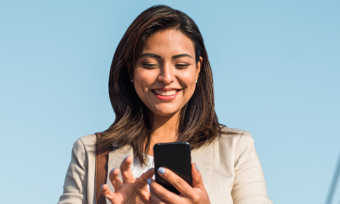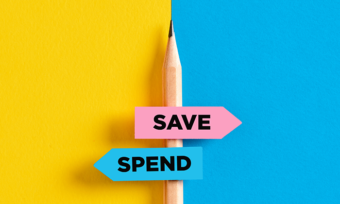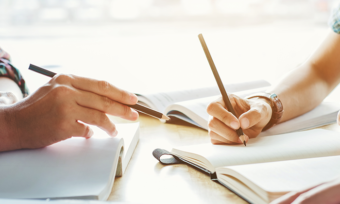When shopping online, you can pay using PayPal wherever you see the PayPal logo. You can also use PayPal to send money to family and friends within New Zealand or overseas. Here’s what you need to know if you’re thinking about linking your PayPal account to your regular bank account.
Do you need a bank account for PayPal?
No, you don’t need a bank account to sign up for PayPal or to receive money into your PayPal account. To open a personal account, you only need to provide your name, address, phone number and email address.
But you will need to provide a payment method (such as a bank account or debit or credit card) if you want to send money or if you want to make a payment and you don’t have sufficient funds in your PayPal balance.
Additionally, you will need to provide your bank account if you want to withdraw money from your PayPal account to your bank account.
You can link your bank account or card to your PayPal account.
Compare Credit Cards with Canstar
Should I link my bank account to PayPal?
If you link your bank account you won’t need to enter your details each time you make a payment through PayPal. Instead, you can check out using your email address and password.
When you link your bank account, PayPal says it will automatically become the way you pay unless you have chosen a different preferred payment method.
There are also potential security benefits. For instance, PayPal says the recipient will not see your bank account information when you pay, and PayPal will send you a receipt each time a payment is made. PayPal also reviews all transactions made and can reimburse you for unauthorised payments.
Everyday and savings accounts
Looking to maximise your money? Click here to see compare savings accounts, everyday accounts and the most recent winners of Canstar’s Outstanding Value | Everyday and Savings Accounts awards.
Is PayPal safe?
Generally, PayPal is considered to be a secure payment method, and PayPal says it uses extensive security measures to safeguard your bank account or card numbers. PayPal monitors and encrypts transactions to help prevent fraud and identity theft. If you are concerned something might have gone wrong, you can report it to PayPal and it will handle unauthorised transactions.
But it’s worth remembering that no platform is 100% risk-free. You may want to speak to your financial institution and find out about any safety protections you receive as a customer, and whether or not these may be impacted if your PayPal account becomes compromised.
About the reviewer of this page
This report was reviewed by Canstar Content Producer, Caitlin Bingham. Caitlin is an experienced writer whose passion for creativity led her to study communication and journalism. She began her career freelancing as a content writer, before joining the Canstar team.
Enjoy reading this article?
You can like us on Facebook and get social, or sign up to receive more news like this straight to your inbox.
By subscribing you agree to the Canstar Privacy Policy





Share this article